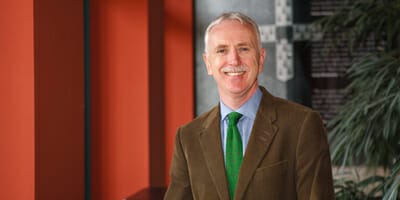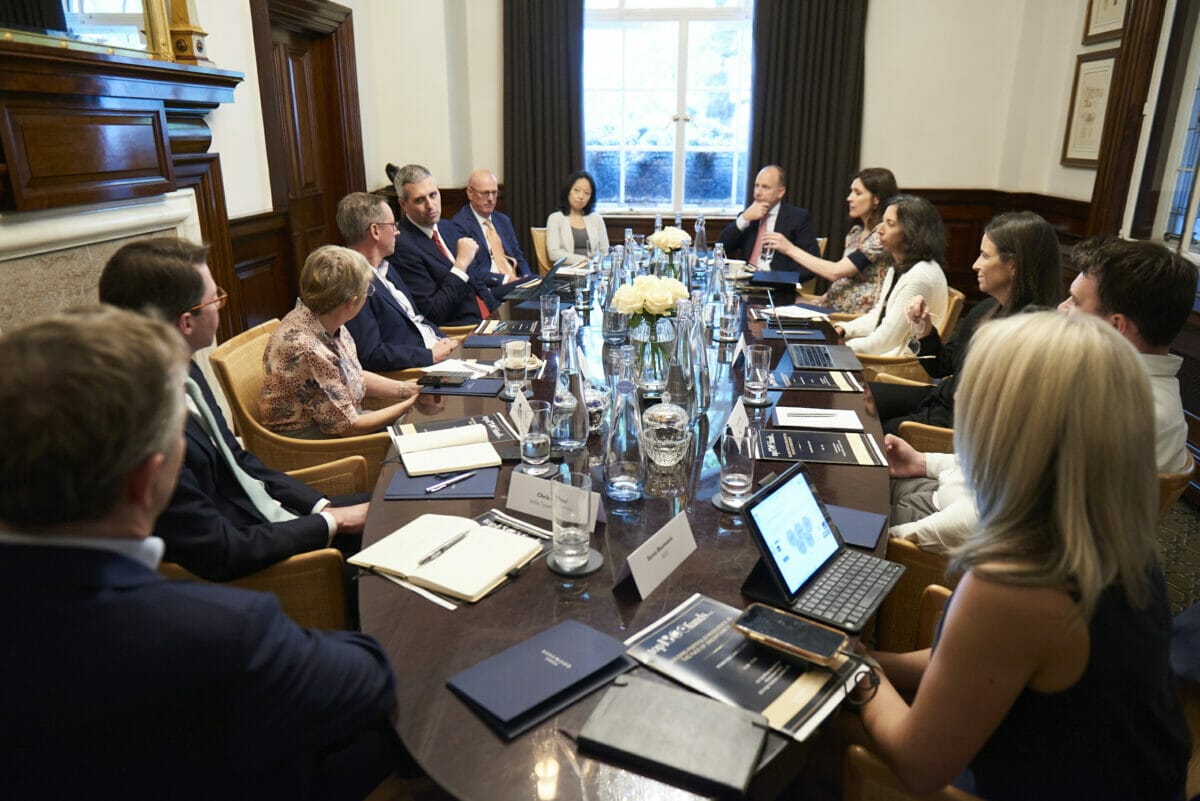What would Keynes’ do? Delegates at a London investment think-tank discussed this question with Cambridge University’s David Chambers. Keynes started managing the Kings College, Cambridge endowment after World War I and analysis of his investing style reveals some interesting annotations for investors today.
John Maynard Keynes was not just an economist – he was a fund manager and stock picker. Analysing the way he managed investments, his style, tilts, returns and strategies supports analysis that long-horizon investors have advantages.
Keynes was appointed the bursar of King’s College just after World War I and managed its endowment, which at that time was largely made up of a substantial agricultural property portfolio dating back to the 15th century. Throughout his career, he was an active and innovative investor and his first act to buck tradition, or think outside the square, was to reallocate the portfolio away from property and fixed income securities towards equities. His willingness to make a substantial allocation to this new asset class in the 1920s was unique amongst institutional investors on both sides of the Atlantic and anticipated the widespread move into equities by institutions a generation later.
David Chambers, University Reader and Keynes Fellow at the Judge Business School at Cambridge University, told delegates at a recent London investment think-tank that one of the lessons from analysing Keynes’ portfolio management skill is that as an active investor it is better “not to be restricted by convention and to seek where possible well-considered risks in order to perform”.
In 1921 Keynes’ carved out a discretionary fund within the Kings College endowment which he invested in equities up to his death in 1946.
This UK discretionary fund generated a mean annual return of 16.0 per cent with a standard deviation of 19.1 per cent over these 25 years compared to a 10.4 per cent return and 17.1% volatility for the UK equity market.
“His portfolio had a very high tracking error, an obvious tilt towards value and a tilt towards small and mid cap stocks,” Chambers says.
Following a period of disappointing performance relative to the index in the period between 1926 and 1928, Keynes began a thorough overhaul of his investment approach in the early 1930s and subsequently outperformed the market by a substantial margin.
“Keynes spent the 1920s trading as a macro trader would today trying to time markets. Unfortunately, he didn’t anticipate the 1929 crash at all and was 90 per cent invested in equities.
“He approached currency trading in a similar way, attempting to time currency moves based on his careful analysis of fundamentals such as trade, inflation, interest rates and politics.”
Yet, his currency returns were extremely volatile as a result of his difficulty predicting the timing of currency movements, and although overall he made money, at times he was forced to endure substantial losses. Hence, Keynes wrote in December 1934 about the prospective French franc and Dutch florin devaluation that “Nothing is more rash than a forecast with regard to dates on this matter. The event when it comes will come suddenly. The best thing is to allow for probability and put little trust in forecasts of the date, whether soon or late”.
Importantly, however, when it came to equity investing, Keynes was able to change his investment approach. He abandoned the idea of a top-down market-timing approach in the 1930s in favour of a bottom up stockpicking approach.
This is evidenced by the decline of stock turnover in the portfolio turnover from 55 per cent in the 1920s, to 30 per cent turnover in the 1930s to 14 per cent turnover in the 1940s, Chambers says.
His switch to a patient buy-and-hold strategy allowed Keynes to stay committed to equities, and reflects his realisation of the natural advantages that accrue to such long horizon investorsas endowments Chambers says.
“Keynes’ investment experiences during the Great Depression of the 1930s are relevant to modern-day investors during the Great Recession. He had to discover for himself the difficulty of making profits from market timing when the stock market crashed in 1929. Thereafter, his self-proclaimed switch to a more careful buy-and-hold stock-picking approach in the early 1930s allowed him to maintain his commitment to equities when the market fell sharply once more in 1937-38. In so doing, he provides an excellent example of the opportunity which long-horizon investors have in being able to behave in a contrarian manner during economic and financial market downturns,” Chambers and his co-authors, Elroy Dimson and Justin Foo outline in the paper “Keynes, King’s and endowment asset management”.
“Studying Keynes’ investment record also demonstrates another important lesson for investors today, namely, that it can take a while to discover the nature of your investment skills,” Chambers, who is academic director of the Newton Centre for Endowment Asset Management at Cambridge, told delegates at the think-tank.
When reflecting on the importance of learning from history, Chambers spoke to delegates about the link between the investment approach pursued by the leading US endowments today and that of Keynes almost a century earlier and discussed in a new paper “The British Origins of the US Endowment Model” co-authored with Elroy Dimson. Quotes from “Pioneering Portfolio management” by Yale endowment CIO, David Swensen, could have been taken from Keynes himself:
“…active management strategies demand uninstitutional behaviour from institutions…
“Establishing and maintaining an unconventional investment profile requires acceptance of uncomfortably idiosyncratic portfolios, which frequently appear downright imprudent.
“Unless institutions maintain contrarian positions through difficult times, the resulting damage imposes severe financial and reputational costs on the institution.”
In the end, Chambers says lessons from Keynes demonstrate that for an active investor it is important not to be restricted by convention. It is also very important for a manager to be situated within a governance structure, or investment organisation, which, following prior discussion and agreement about the preferred investment strategy, allows them to take adequate risk and to go about applying their skills.
Chambers, Dimson and Foo “Keynes, King’s and endowment asset management” NBER working paper:http://ssrn.com/abstract=2499334
Chambers and Dimson “The British Origins of the US Endowment Model” Financial Analysts Journal http://ssrn.com/abstract=2541034
John Maynard Keynes
1902-05 undergraduate at Kings College
1906 India office
1909 Fellow, Kings College
WWI UK Treasury
1919 First book: Economic Consequences of the Peace
1923 Tract on Monetary Reform
1925 Economic Consequences of Mr Churchill
1930 Treatise on Money
1936 General Theory
1940 UK Treasury
1941 Bank of England
1944 Bretton Woods



